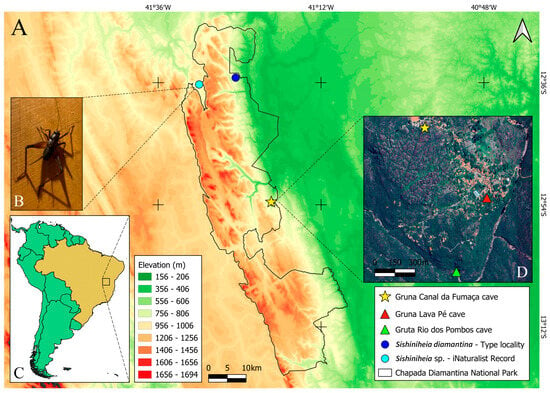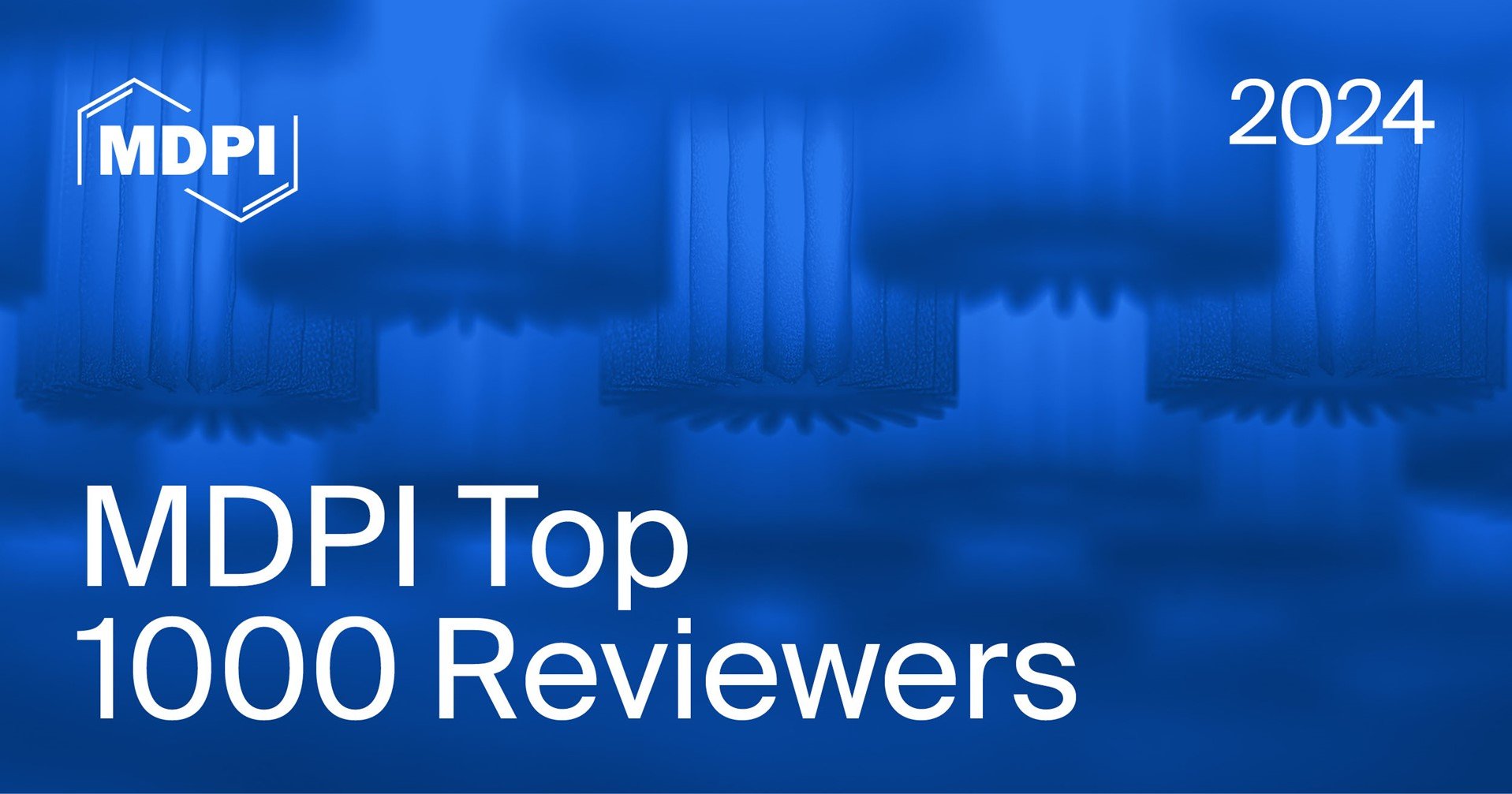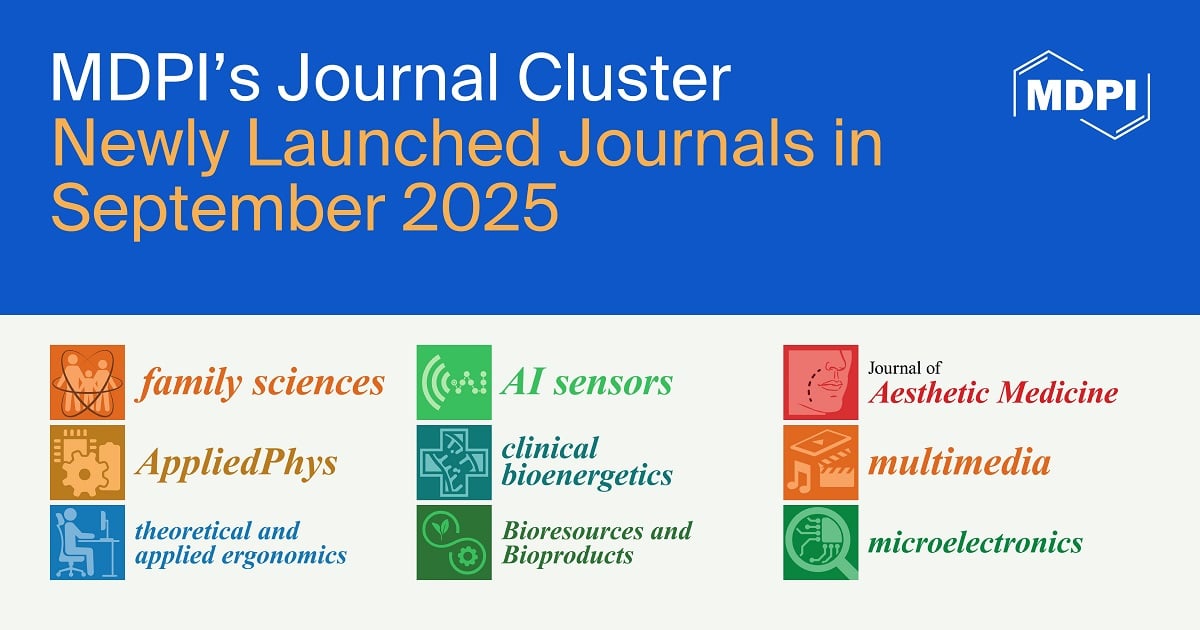-
 A Revised Checklist and Identification Key for Acotylean Flatworms (Rhabditophora: Polycladida: Acotylea) from the Caribbean Coast of Colombia
A Revised Checklist and Identification Key for Acotylean Flatworms (Rhabditophora: Polycladida: Acotylea) from the Caribbean Coast of Colombia -
 Taxonomic Notes on Lerniana Delicado et Hauffe, 2022, Trichonia Schütt, 1980 (Truncatelloidea: Hydrobiidae: Horatiinae) and Allied Taxa
Taxonomic Notes on Lerniana Delicado et Hauffe, 2022, Trichonia Schütt, 1980 (Truncatelloidea: Hydrobiidae: Horatiinae) and Allied Taxa -
 Precision Lost with Complexity: On an Extraordinary New Species of Pholcidae (Araneae, Smeringopinae) from Western DR Congo
Precision Lost with Complexity: On an Extraordinary New Species of Pholcidae (Araneae, Smeringopinae) from Western DR Congo -
 Two Simple Ways to Make Taxonomic Diagnoses More Useful
Two Simple Ways to Make Taxonomic Diagnoses More Useful -
 Tetrigidae of Ethiopia: First Species Delimitation via DNA Barcoding and Description of Three New Species
Tetrigidae of Ethiopia: First Species Delimitation via DNA Barcoding and Description of Three New Species
Journal Description
Taxonomy
- Open Access— free for readers, with article processing charges (APC) paid by authors or their institutions.
- High Visibility: indexed within ESCI (Web of Science), Scopus, AGRIS, and other databases.
- Journal Rank: JCR - Q2 (Zoology)
- Rapid Publication: manuscripts are peer-reviewed and a first decision is provided to authors approximately 23.6 days after submission; acceptance to publication is undertaken in 5.2 days (median values for papers published in this journal in the first half of 2025).
- Recognition of Reviewers: APC discount vouchers, optional signed peer review, and reviewer names published annually in the journal.
Latest Articles
E-Mail Alert
News
Topics
Deadline: 30 June 2026
Conferences
Special Issues
Deadline: 15 June 2026
Deadline: 30 June 2026
Deadline: 31 August 2026





























